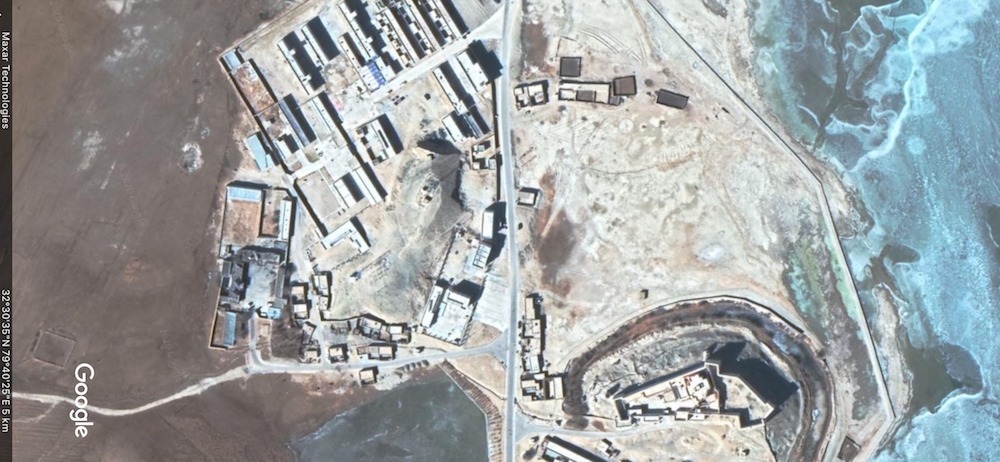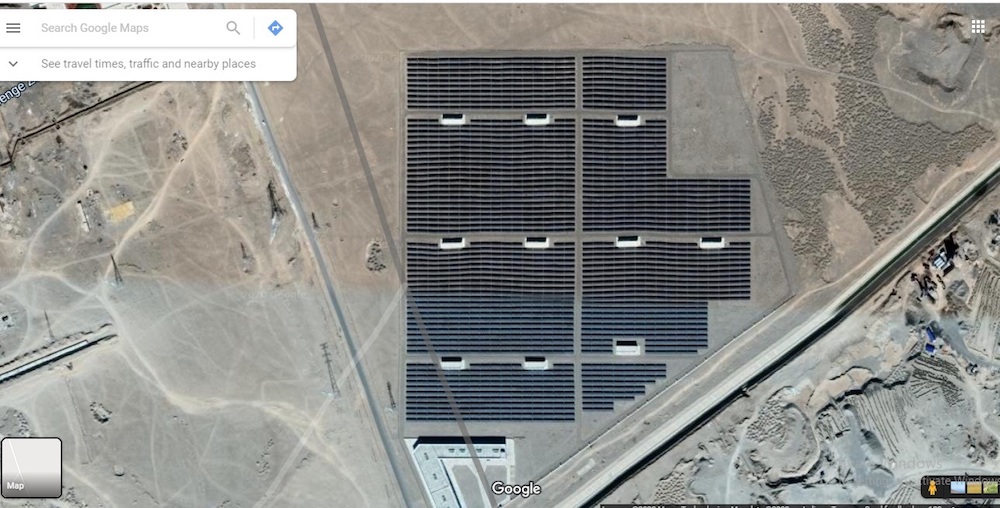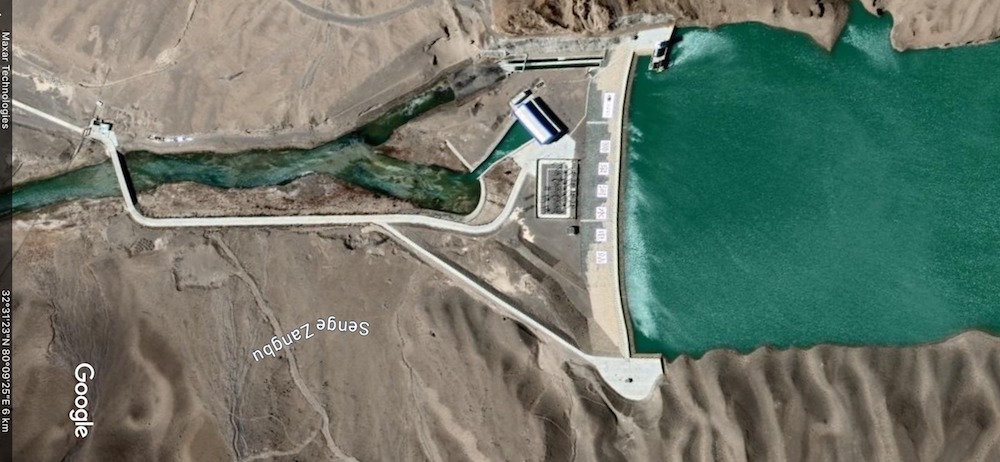By Jahangir Niyaz
The Indus River is one of the longest rivers in Asia. It flows through Tibet (China), India, and Pakistan. Originating on the Tibetan Plateau in the vicinity of Lake Manasarovar and the holy Mount Kailash, the river’s course runs through the Ladakh region of India, towards Gilgit-Baltistan and then flows in a southerly direction along the entire length of Pakistan to merge into the Arabian Sea near the port city of Karachi in Sindh Province. The Indus is Pakistan’s longest river.
Names of the Indus River Hindi: Sindhu, Urdu: Darya-ī Sindh, Ladakhi: Sengge Kabbabs, Tibetan: Sengge Zangpo, Chinese: Shīquán Hé.
Origins of the Indus Waters Treaty
The Indus Waters Treaty was signed in 1960 after nine years of negotiations between India and Pakistan with the help of the World Bank, which is also a signatory. The negotiations were the initiative of former World Bank President, Eugene Black. Seen as one of the most successful international treaties, it has survived frequent tension between its signatories, including multiple wars, and has provided a framework for irrigation and hydropower development for more than half a century. Former U.S. President Dwight Eisenhower described it as “one bright spot … in a very depressing world picture that we see so often.”
How the Treaty works:
The Treaty sets out a mechanism for cooperation and information exchange between the two countries regarding their use of the rivers, known as the Permanent Indus Commission, which has a commissioner from each country. The Treaty also sets forth distinct procedures to handle issues which may arise: “questions” are handled by the Commission; “differences” are to be resolved by a Neutral Expert; and “disputes” are to be referred to a seven-member arbitral tribunal called the “Court of Arbitration.” As a signatory to the Treaty, the World Bank’s role is limited and procedural. In particular, its role in relation to “differences” and “disputes” is limited to the designation of people to fulfill certain roles when requested by either or both of the parties. (source: World Bank)
The Indus originates in Tibet, which has been a part of the People’s Republic of China for 70 years. Today, one can see numerous developments projects near China’s border with India, within a radius of 70 kms around the Indus belt.
Looking at the town of Sengge Zangpo (Shiquanhe) in Ngari Prefecture in far-west Tibet using satellite imagery from Google Earth, one can see a modern conurbation with a large solar power plant, many factories, a residential area with cafes and tea houses, as well as big stadiums for sports activities. Next to this town there is a giant hydroelectric dam built on the Sengge Zangpo River (Indus), just 80 kms from Demchok, a Ladakhi village that sits on the undefined Sino-Indian Border. The way in which the Chinese have rapidly constructed this township is both astonishing and concerning. At another point, 30 kms away from Demchok, is Zhaxigangxiang. This point is also crucial because here, there is construction along the banks of Sengge Zangpo. A few kilometers from Zhaxigangxiang, at Jiangji, we can see additional fresh construction near the Sengge Zangpo. One can only hope that Chinese intentions are benign and geared towards peaceful development and tourism promotion. The dam at Sengge Zangpo Town is very far from Kailash-Mansarovar, the Indus’s orgin, and will largely cater to the needs of an expanding military presence near Ladakh, which raises concerns for India.
Dam / Hydro Project at Sengge Zangpo Town
This dam affects India adversely as Tibetan rivers provide energy and irrigation water for its large agrarian population. Apart from Ladakh, Gilgit-Baltistan will face a water shortfall and reduced power generation capacity. Worries for India do not end here. After realizing the potential of a dam on the Indus, China can build other dams on the rivers Sutlej and Yarlung Tsangpo (Brahmaputra). The Sutlej River is a major source of power generation and irrigation for Himachal Pradesh, Punjab, Haryana, and Rajasthan. India and China do not have a water treaty, and as such, India has little ability to stop China from water theft. The environmental impact, in case any of these dams burst, is also very grave and can cause havoc in the Indian plains. Studies should be carried out to assess the impact of such projects on the Tibetan Plateau, which is one of the most ecologically fragile regions in the world.

Zhaxigangxiang to Demchok 31.1 kms
This clearly shows China’s ambition as it relates to the Indus and the way it is disturbing the situation at the Galwan Valley (Galwan River), which is also tributary of the Indus River.
Ngari Prefecture to Demchok 91kms
The Chinese first made encroachments into the 45-km long Skakjung pastureland in Demchok-Kuyul sector. This resulted in local Changpas of Chushul, Tsaga, Nidar, Nyoma, Mud, Dungti, Kuyul, and Loma villages gradually losing the winter grazing grounds that would sustain tens of thousands of sheep, goats, yaks, and horses every winter. In Chumur, China claims some 80 sq. km of disputed borderland and probably wants to create a straight border from PT-4925 to PT-5318 to bring Tible Mane (stupa) area under its control. For India, holding of Chumur is critical for the safety of the Manali-Leh Highway. Remember, the PLA demanded removal of India’s fortified positions in Burtse (2013) and Demchok and Chumur (2014) as a condition for its withdrawal.
We should not ignore this angle of Chinese resource control policy or ongoing military strategy and we should focus on upcoming problems with China. Getting a clear statement form the World Bank is the need of the hour.
Do we need an Indus River Treaty with China? Why was this question not raised in the past and why did we ignore the Chinese threat to the Indus River for so long? I am very hopeful in Narendra Modi’s government and his surprise visit to Leh in early July sends a strong message across the border that these concerns can be addressed soon. Having been born in Ladakh, I recognize the deep importance of the Indus River to Ladakh and her people. Should China divert the river, the impact will be catastrophic and will affect millions in India, not just the Ladakhis. We have been given the blessing of the Indus, India should look for a permanent solution because we cannot stake our future generations on unresolved problems. We should recognize Tibet as an independent country and efforts should be made to support its emancipation from Chinese rule. India needs a strategy to separate Tibet from China, much as it did in 1971 with Bangladesh.
Large Solar Establishment at Sengge Zangpo Town

Sengge Zangpo Town is a roadmap for larger Chinese ambitions in the border region and a testament to their development capacity, even at high altitude and in forbidding environs. What we can see from Google Earth is just the tip of the iceberg and China is likely planning something bigger, which is concerning for India. While Pakistan is using occupied Kashmir (PoK) as a terror launch pad against India, China is building massive infrastructure projects, using Tibet and Xinjiang as launchpads for the China-Pakistan Economic Corridor (CPEC). New Delhi should inform Beijing that all these projects are illegal and India reserves the right to take appropriate action at a suitable time. China’s vulnerabilities have increased. The crass environmental degradation of water resources in Tibet through dams and diversions is causing grave concerns for the lower riparian countries from India down to geographies in the Indo-Pacific sphere.
After the invasion of Tibet, the Chinese strategy was to destabilize the region by funding Pakistan based terror groups and one can not deny China’s stymying of Indian interests at the UN Security Council. For instance, on March 13, 2019, China placed a “technical hold” on a resolution calling on the United Nations Security Council to designate Masood Azhar, the leader of the Pakistani militant group Jaish-e-Mohammed (JeM), as a terrorist. Beijing’s intervention effectively torpedoed the measure. This marked the fourth time that China has prevented Azhar, who enjoys long-standing ties to the Pakistani security establishment, from being officially designated a terrorist by the United Nations. While Beijing has sent hundreds of thousands of innocent Uigyur Muslims to detention centers under the guise of counterterrorism, it has bent over backwards to protect an actual terrorist abroad. China’s ongoing funding of militant groups in Jammu and Kashmir is especially strange given that the Belt and Road Initiative (BRI) gives Beijing a major incentive to take a stronger stand on terror in South Asia.
In closing, we request our government to prioritize the Free Tibet movement. Free Tibet can be our national agenda to save Tibet and with it, the Indus. With this, we will be on the path of peace and compassion without bloodshed. The time has come to show China the power of 1.3 billion Indians peacefully supporting the Tibetan cause. This moment is not only for Tibet, it is our duty as Indians to step forward to save the future of South Asia.
(Views expressed are his own)
The author is an entrepreneur and a Ladakhi writer living in Leh town of newly made Union Territory state of India suffering from Dysarthria











3 Responses
unfortunately, India’s treatment of Pakistan will only give China justification.
Excellent.
It’s an eye opener.
Is the Indus on the only river of concern originating from the roof of the world? And are India and Pakistan the only countries effected. It seems that there has been significant “outsourcing” in SE Asia as made obvious by water levels in Tonle Sap and flooding along the Mekong and downstream of the the Tsang-Po. Changing names, at boundaries does not detract from the identity and the source.